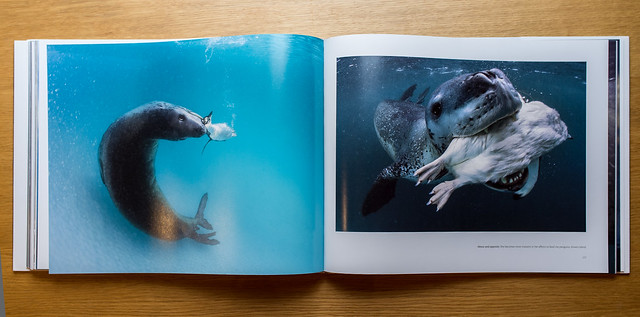Last week I was at an Acta Physiologica Symposium in Copenhagen. It was a scientific meeting jointly financed by the Scandinavian Physiological Society through the European journal Acta Physiologica, previously Acta Physiologica Scandinavica, and the German Science Council. As far as I have understood the first meeting they have ever financed outside of Germany.
From my perspective it was brilliant, there were at least six of my collaborators there and we got some time to discuss our future plans. Admittedly, not much time, but face-time is worth immensely much more than any number of mails and phone calls.
We were at the very worthy Royal Danish Academy of Science located in an old building right across from Tivoli in Copenhagen, just behind the city hall. It's from a time when there was money for science, and when that money wasn't unnecessarily spent on research. Marble, marble, marble, huge oil-paintings, relief-ceilings with paintings.

The actual meeting was about the hemodynamic mechanisms of acute kidney injury, which is a very current topic indeed. We are just about closing in on a time when we will be able to detect kidney injury already in the A&E, before the advent of renal failure with cessation of filtration. This means we will need to be able to distinguish different kinds of kidney diseases and will be able to follow treatment much more closely. What it means is that not only will we have to understand the early progression of kidney injury much better, we also need to find new, quick ways of defining it. It's going to be lots of fun. Look for the proceedings in the March or April issue of Acta Physiologica.





